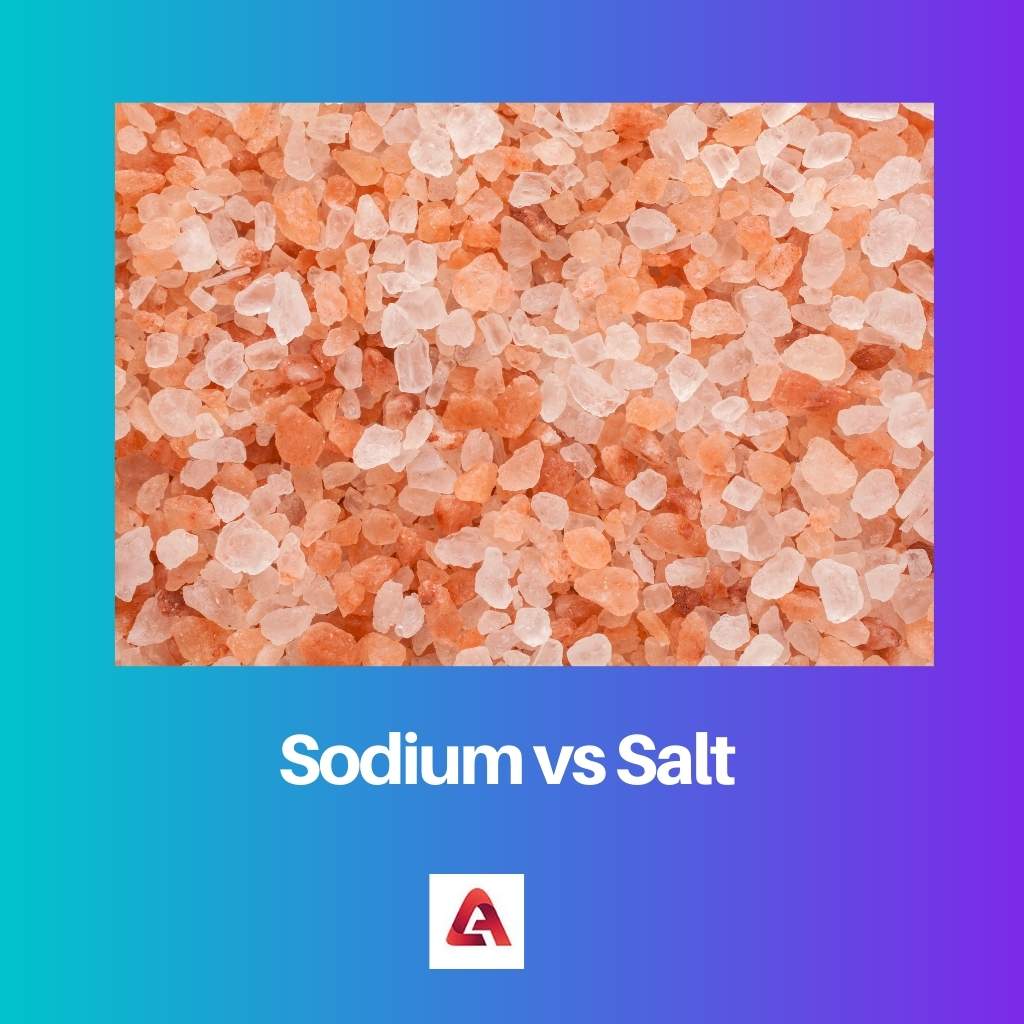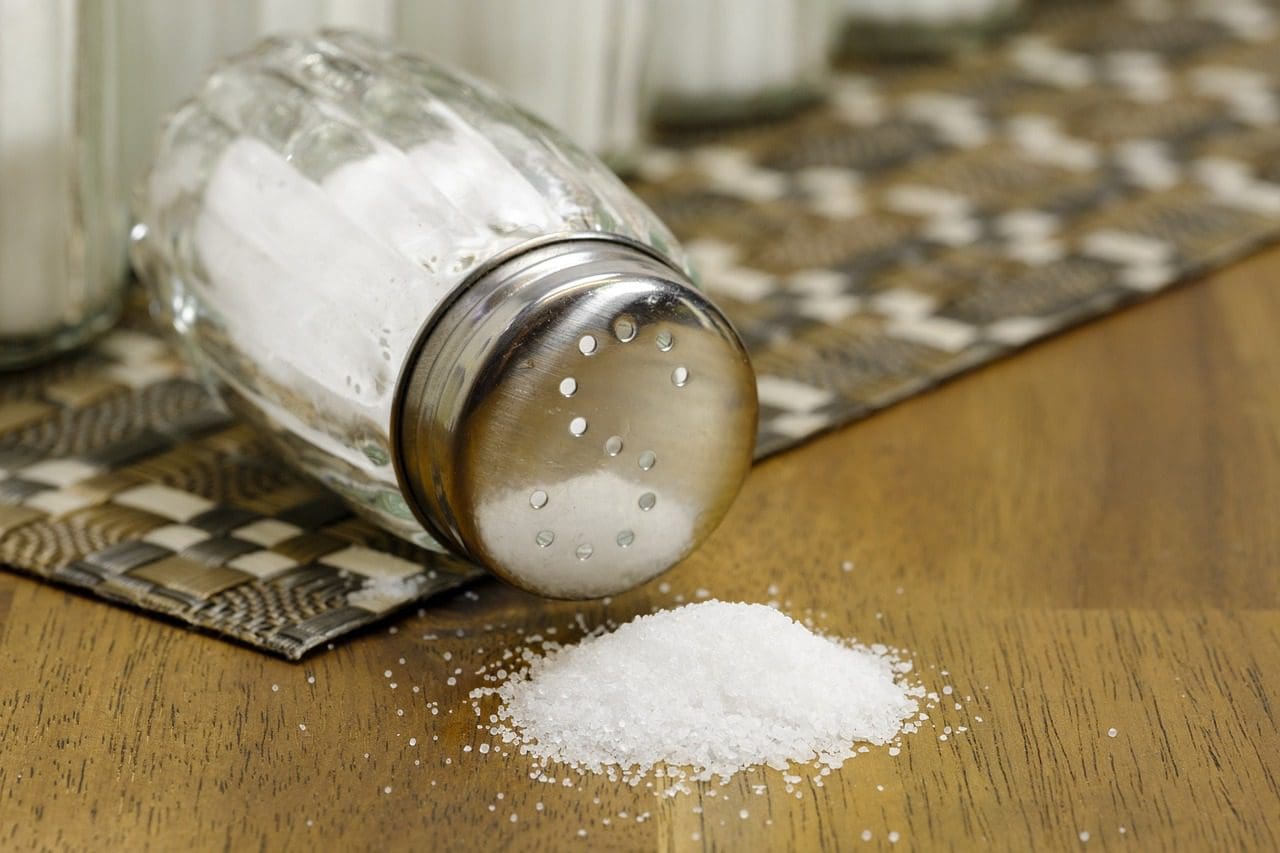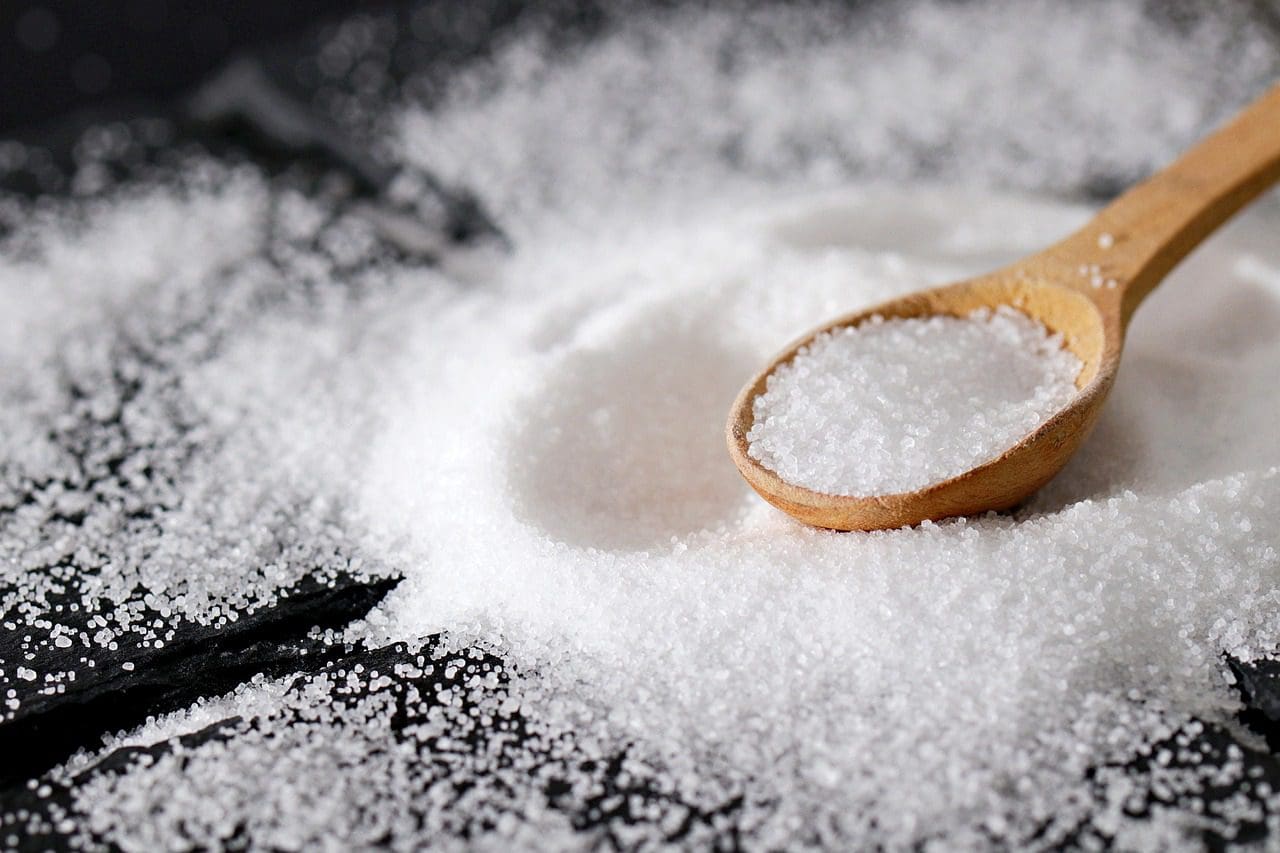To use sodium instead of salt or salt instead of sodium is a very common misconception. And to know no that the terms are not synonymous, the difference must be known and is even suggested to be known by the health specialists.
While sodium is a dietary mineral, salt is a crystal-like compound known as sodium chloride.
Key Takeaways
- Sodium is a chemical element and a highly reactive alkali metal, while salt, specifically table salt, is a compound made of sodium and chloride ions (NaCl).
- Sodium is essential for the human body’s functioning, whereas excessive salt intake can lead to health issues such as high blood pressure and heart disease.
- Sodium occurs naturally in various minerals, but salt is the primary source of sodium in our diets.
Sodium vs Salt
The difference between Sodium and Salt is that sodium is the natural substance that is found in any food or is manufactured to be present in processed food, whereas salt is something that is added to the food for taste.

Sodium is a mineral that is found in several food items that we consume naturally, and if it is not present naturally, then why manufacture the processed food it is added to.
Also, salt contains a good quantity of sodium in it; therefore, when salt is added to the food, a high amount of sodium is also added to the food, which might also contain sodium naturally.
Salt is not metal like sodium but is a compound made up of Sodium, and chloride is known as sodium chloride scientifically. It is not naturally present in the food that is consumed but is an addition that is made while preparing the food to add taste to it.
It contains 60% chloride and 40% sodium.
Comparison Table
| Parameters of Comparison | Sodium | Salt |
|---|---|---|
| What is it | Sodium is a dietary mineral. | Salt crystal compound is known as sodium chloride. |
| Presence | It is either present naturally in the food or is manufactured to be present in the processed food. | It is added to the food and is not naturally present. |
| Metal | It is a metal. | It is a compound. |
| Symbol | Na | NaCl |
| React | Sodium is highly reactive when exposed to normal air. | Salt is unreactive when exposed to air. |
What is Sodium?
Sodium is a mineral found in almost all the normal food varieties, here and there normally and now and again added as salt during cooking or assembling for flavour or as an additive.
Sodium assumes a significant part in cell work, circulatory strain control, muscle constriction, and nerve transmission. It’s important to keep the body’s cells and liquids updated and upright.
However, even though sodium is significant for ideal well-being, burning through a lot has been connected to medical issues, including hypertension, cardiovascular sickness, and kidney stones. Your body takes in sodium through the food sources you eat and kills additional sodium in sweat and pee.
The job of sodium in general well-being is to help cells and organs work appropriately by controlling circulatory strain, supporting strong compression, and keeping nerve-driving forces chugging along as expected. It’s one of the electrolytes answerable for keeping a solid measure of liquids in the body.
To an extreme or too little sodium can make a portion of those real cycles break down, and the body has instruments for checking how much sodium it’s taken in. If sodium levels get too high, the body will flag the kidneys to dispose of the overabundance.
If levels plunge excessively low, you might give indications of a condition called hyponatremia, which is a health-related crisis in which the mind is influenced. Side effects incorporate tipsiness, muscle jerks, seizures, and in serious cases, loss of cognizance.

What is Salt?
Salt is a mineral made fundamentally out of sodium chloride (NaCl), a substance compound having a place with the bigger class of salts; salt as a characteristic translucent mineral is known as rock salt or halite. Salt is available in huge amounts in seawater.
Salt is fundamental for life as a rule, and pungency is one of the essential human preferences. Salt is one of the most established and omnipresent food flavours, and salting is a significant technique for food conservation.
Salt is utilized in numerous cooking styles, and it is normally found in salt shakers on cafes’ eating tables for their utilization of food.
Salt is likewise a fixing in many produced groceries. Table salt is a refined salt containing around 97 to 99 per cent sodium chloride.
Typically, anticaking specialists, for example, sodium aluminosilicate or magnesium carbonate, are added to make it free-streaming. Iodized salt, containing potassium iodide, is accessible.
A few groups put a desiccant, like a couple of grains of uncooked rice or a saltine wafer, in their salt shakers to assimilate additional dampness and assist break with increasing salt bunches that may some way or another structure.

Main Differences Between Sodium and Salt
- Sodium is a dietary mineral, and on the other hand, salt is a crystal compound of sodium chloride.
- Sodium is found to be naturally present in the food or is manufactured to be present in processed food, whereas salt is always added to the food for taste.
- While sodium is a metal, salt is a compound.
- Sodium is symbolised by Na, whereas salt is symbolised by NaCl.
- Sodium is highly reactive when exposed to normal air, whereas salt is unreactive when exposed to air.




